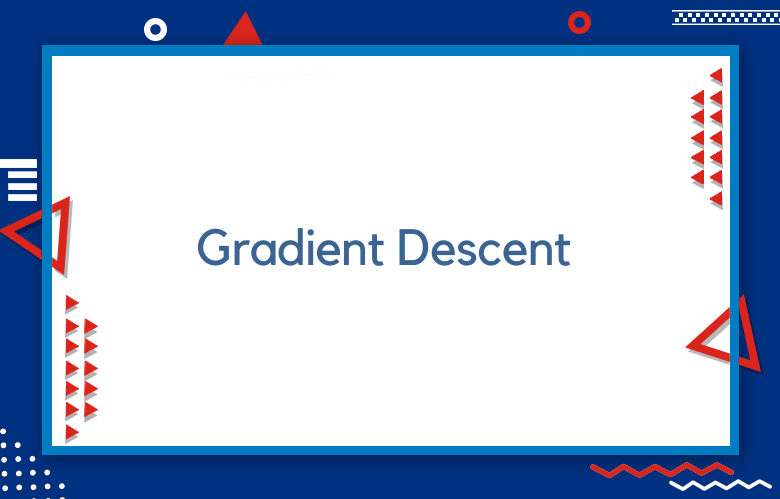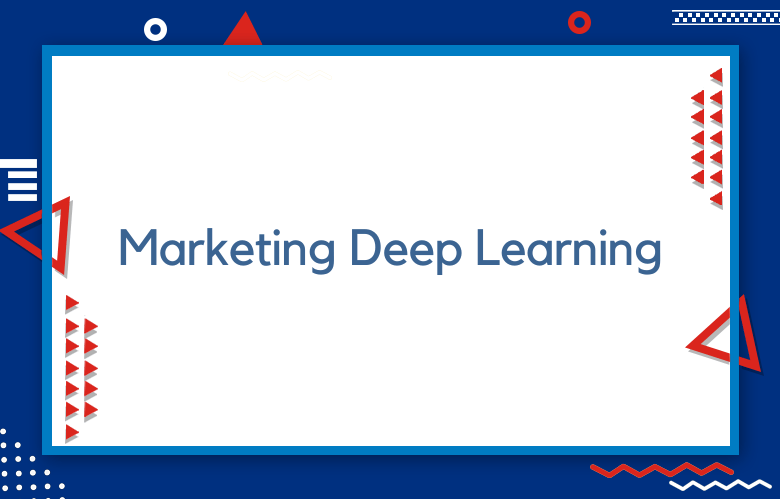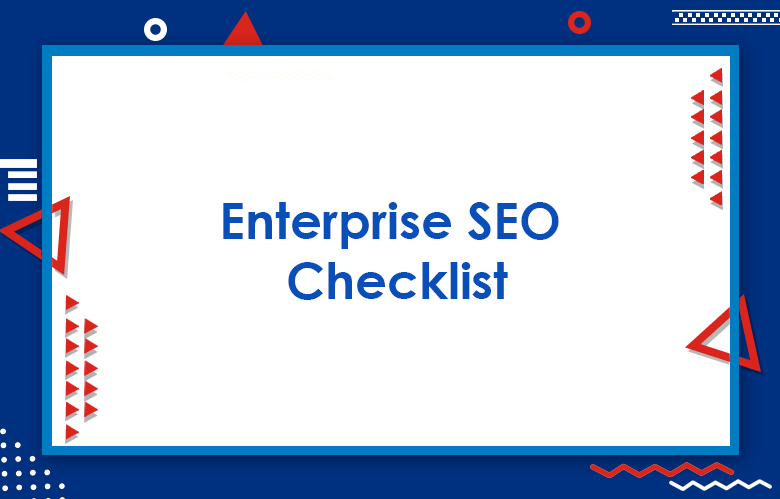Gradient Descent with Momentum for Marketing

Marketing has always been a crucial element of any business strategy. In today’s digital era, standing out and making a lasting impact has become more challenging.
To succeed in marketing, it is essential to make data-driven decisions supported by reliable statistics and insights. This is where machine learning algorithms can help significantly, and Gradient Descent with Momentum is one such algorithm that has revolutionized marketing over the past few years.
We’ll explore how Gradient Descent with Momentum can help boost your marketing strategy and make your marketing campaigns more effective, efficient, and targeted.
From reducing the margin of error to improving the value of your leads, we’ll discuss how this algorithm can help you achieve your marketing goals.
What is Gradient Descent With Momentum for Marketing?
Gradient descent with Momentum is a popular optimization algorithm used in machine learning. If you’re involved in marketing, you might wonder how this algorithm can benefit your campaigns. We’ll introduce you to gradient descent with Momentum and explain how it can be applied in marketing.
Gradient descent with Momentum is an optimization algorithm that updates parameters in small increments to minimize a loss function.
In traditional gradient descent algorithms, the update direction is determined solely by the gradient of the loss function at the current point. However, in gradient descent with Momentum, the update direction is also influenced by the law of previous updates. This leads to smoother and more efficient optimization.
Maximizing Marketing Efficiency with Gradient Descent With Momentum
Marketing efficiency is critical to any business that wants to remain competitive in today’s fast-paced digital landscape. With the help of machine learning algorithms, you can streamline your marketing campaigns and reach your target audience with greater accuracy and ease.
Gradient descent with Momentum is one of the most effective methods for optimizing your marketing efforts. We’ll look closer at how this powerful machine-learning technique works and how it can help you boost your marketing efficiency.
Boost Your Marketing Strategies with Gradient Descent and Momentum
Marketing is an ever-evolving field, and as a marketer, you always need to be on your toes to stay ahead of your competitors. The advent of Artificial Intelligence and Machine Learning techniques has revolutionized the way we approach marketing.
Gradient Descent with Momentum is one such technique that has become the go-to method for optimization problems. We will explore how you can use Gradient Descent with Momentum to achieve better results for your marketing campaigns.
A brief introduction to Gradient Descent
Gradient Descent is an iterative method that is used to optimize a function. It is a mathematical formula that finds the minimum value of the process by adjusting the parameters iteratively until it reaches the minimum value.
The more complex the function, the more time it takes to reach the minimum value. In marketing, Gradient Descent can be used to optimize various parameters that affect the performance of the campaigns.
Momentum in Gradient Descent
Momentum is a concept used in physics to describe the tendency of an object to keep moving in the same direction as its previous motion.
In Gradient Descent, Momentum is used to optimize the function by adding a fraction of the previous gradient to the current rise. This helps to accelerate the optimization process, especially when the part has local minima.
Use cases of Gradient Descent with Momentum
Gradient Descent with Momentum can be used for various marketing applications, such as optimizing ad placements, selecting suitable targeting options, and fine-tuning bid strategies.
For example, when optimizing ad placements, Gradient Descent can be used to minimize the Cost per Click (CPC) by adjusting the order and targeting options iteratively. Similarly, when fine-tuning bid strategies, Gradient Descent can be used to optimize the bid amounts based on the performance of the campaigns.
Advantages of using Gradient Descent with Momentum
Gradient Descent with Momentum has several advantages over traditional optimization methods. It is faster and more efficient, especially when dealing with large datasets.
It also helps to avoid getting stuck in local minima, which is a common problem in optimization. Moreover, it is an automated process, meaning you can focus on other aspects of your marketing campaigns while the optimization runs in the background.
Preparing for Gradient Descent with Momentum
To use Gradient Descent with Momentum for your marketing campaigns, you must clearly understand the data you are working with.
You need to identify the parameters that affect the performance of your campaigns and define the optimization goals. You need to have a good understanding of Mathematical concepts such as calculus and linear algebra.
Best Practices For Gradient Descent With Momentum for Marketing
Introduction to Gradient Descent with Momentum
Gradient Descent is an optimization algorithm widely used in machine learning for reducing the error rate and adjusting the weights of a neural network.
While Gradient Descent can help improve the overall accuracy of a model, it is susceptible to getting stuck in local minima. This is where Momentum comes into play.
Momentum helps prevent the model from getting trapped and enables it to explore more parts of the optimization function. Combining these two algorithms, Gradient Descent with Momentum, can help fine-tune the weights more efficiently and reliably.
Reducing Margin of Error
One of the primary benefits of using Gradient Descent with Momentum in marketing is that it can help reduce the margin of error.
By fine-tuning the weights of a model more efficiently, this algorithm can help increase the accuracy of your predictions and minimize the occurrence of false positives and negatives. This can help you make more informed decisions and optimize your marketing campaigns for maximum results.
Improving the Value of Your Leads
Another way Gradient Descent with Momentum can also help your marketing strategy by improving the quality of the leads you generate.
By adjusting the weights in a more targeted and efficient way, you can create a model that is better equipped to identify high-value leads and prioritize them over low-value leads. This can help increase the ROI of your campaigns and make your marketing efforts more cost-effective in the long run.
Personalizing Your Marketing Communications
Personalization is a critical element of modern marketing. Gradient Descent with Momentum can help you achieve this by enabling you to analyze vast amounts of data and extract valuable insights.
You can identify patterns and trends in customer behavior, preferences, and needs by fine-tuning your model. This can help you tailor your marketing communications and create more targeted and personalized campaigns that resonate with your audience and increase engagement.
Predicting Customer Lifetime Value
Gradient Descent with Momentum can help you predict the lifetime value of your customers, which is another crucial element of successful marketing.
By analyzing past behavior and purchase history, you can construct a model that estimates the value that each customer will generate over their entire lifetime. This can help you identify high-value customers and prioritize them over low-value customers, as well as optimize your marketing campaigns to attract more high-value customers.
Conclusion
Gradient Descent with Momentum is a robust algorithm that can help transform your marketing strategy and make your campaigns more effective and targeted.
By reducing the margin of error, improving the value of your leads, personalizing your marketing communications, and predicting customer lifetime value, you can optimize your marketing efforts and achieve maximum results.
If you’re looking to take your marketing to the next level and stay competitive in today’s digital marketplace, Gradient Descent with Momentum is an algorithm that you should consider.



